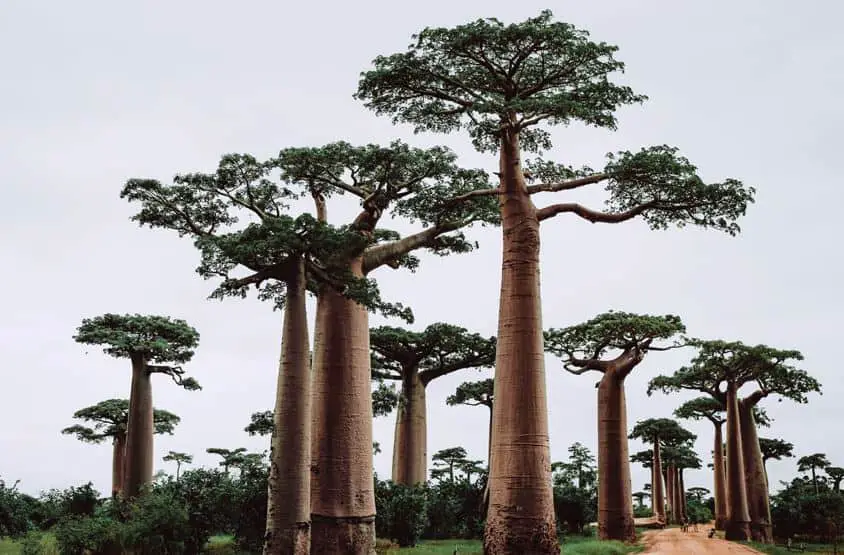We know that one of the primary causes of climate change is the carbon dioxide emitted when fossil fuels are used, such as in cars. Can the carbon sequestered by planting trees help combat climate change? If so, where would be the ideal place to grow these trees? Continue reading to learn the most recent ideas on planting trees to collect carbon.

Trees and Climate Change
There may already be a lot of plants and trees in your garden. The allure of foliage that sways and rustles in the wind provides shade in the summer and invites birds and other species into your garden is undeniable.
However, climate change is another factor to consider while designing a garden with plenty of plants. Planting trees, bushes, and almost any other plant is one of the greatest strategies to fight climate change since it can absorb atmospheric carbon dioxide. As they convert sunlight into energy that they can store in their wood, shoots, and roots, they do this.
Carbon Capture Trees
Since trees are the largest plants in the world, they are also the best at capturing carbon. And even though various types of trees store varied quantities, this isn’t about having little reserves.
How much carbon is absorbed by a tree? The amount of carbon dioxide released by a hybrid automobile traveling 150 miles (241 km) may be absorbed by a mature tree, which weighs 48 pounds (22 kg). The U.S. Forest Service estimates that the nation’s trees can offset up to 20% of the nation’s annual emissions caused by burning fossil fuels.
Best Trees to Fight Climate Change
Different trees will store carbon in different quantities. Regarding battling climate change, some are more effective than others. Which trees are the best for climate change, then?
New scientific research shows California’s old redwood trees are the finest tree species for storing carbon dioxide. Redwoods are the world’s top forest for storing carbon dioxide, acre for acre. The Amazon rainforests are included in this.
California Redwood Trees
Researchers from the Universities of Washington and Humboldt discovered that Redwoods might store 2,600 metric tonnes of carbon per hectare (2.4 acres). This quantity is nearly twice as fast as conifer forests in Australia or the Pacific Northwest. Their lifespan has something to do with this incredible skill.
Nevertheless, they are not the only “supertrees.” Recent research from Rice University analyzed 54 native trees to see which would be the most effective in municipal plantings to combat climate change. They created a list of the top 17 “supertrees,” with live oak and American sycamore at the top. In contrast, to live oaks, which were chosen for their capacity to absorb carbon pollutants, sycamores absorbed less carbon and other contaminants, especially those from flood cleanup, and used their broad canopy to absorb less heat from the ground.


